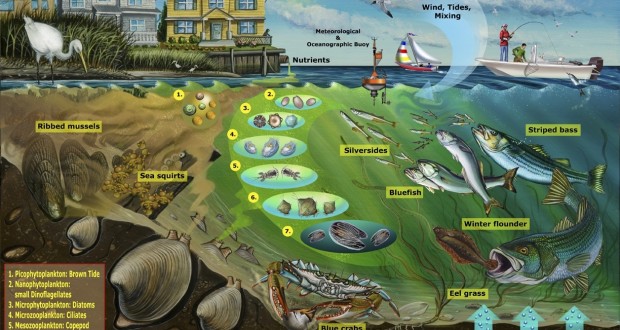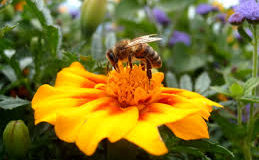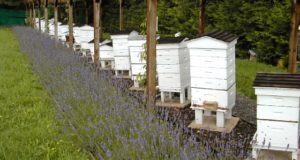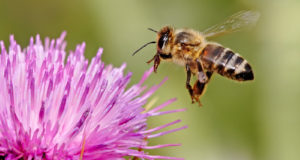Review Overview
Basic Information / Definition
From Wikipedia – Environmental stewardship refers to responsible use and protection of the natural environment through conservation and sustainable practices.
Resilience-based ecosystem stewardship[edit] Resilience-Based Ecosystem Stewardship emphasizes resilience as a basic feature of the changing world as well as ecosystems that provide a suite of ecosystem services rather than a single resource, and stewardship that recognizes resource managers as an integral part of the systems they manage.[2] Resilience refers to the ability of a system to absorb disturbance and still maintain its basic function and structure.[3]
Different types of environmental stewards[edit] There are 3 types of environmental stewards: doers, donors, and practitioners. Doers go out and help such as go along the beach and help clean up an oil spill from beaches. A donor is the person that financially helps by donating money, holding galas or other fundraisers. They are typically governmental agencies. Lastly, practitioners work on a day-to-day basis to steer governmental agencies, scientists, stakeholder groups, or any other group toward a stewardship outcome. Anybody can be an environmental steward by being aware and knowledgeable of the world around them to negatively impact the environment as little as possible. Without these groups it would be hard to get any sort of sustainability in our increasingly technology, pollution, industrial based world. [end of Wikipedia paraphrases]
Humans obviously impact the environment more than any other natural element aside from great natural changes such as weather changes or other huge events like volcanic action which caused the Ice Age where millions of species of life forms were eradicated. At this point we must review the word “ecosystem”. The concept of the ecosystem is truly the one which education is lacking and where the masses of educated and influential people must refer when discussing the environment. The ecosystem is defined as such: a biological community of interacting organisms and their physical environment. This is truly the underpinning of any conversation about the environment – it is all part of the ecosystem and we find more and more that small environmental changes are cumulative. That humans are the most impacting species or component of the environment or ecosystem.
There is even an organization with this name – www.environmentalstewardship.org
It is focused on the security of land for farmers and ranchers and provides environmental conservation for fish and wildlife along with the rivers, lakes wetlands, forests and other wild habitats.
In the end, the environmental degradation issue is plainly apparent by our human-induced change of climate. But each degradation affects what makes-up the physical human composition and that of every environment and naturally – the entire ecosystem – a biological community of interacting organisms and their physical environment.
 Vitamin Agent The Health & Naturalistic Source
Vitamin Agent The Health & Naturalistic Source





